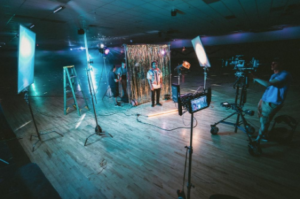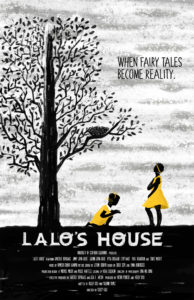Filmmakers
The Shape Of Things To Come: The Future Of Independent Filmmaking And The Studio System
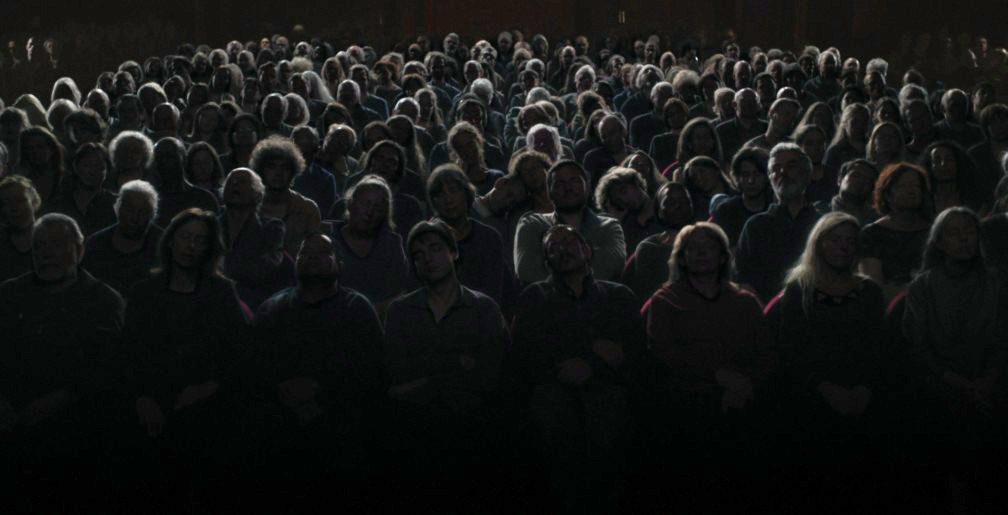
As filmmakers, our greatest hurdle is money. How much? What’s the budget? Can we cut things from the script to make it more feasible? Money is the number one motivator in filmmaking, and like the script it can be just as important, because without either, there is no movie. With the rise of social media, sites like Twitter, Kickstarter, and Facebook are re-shaping the way we make films and opening the doors to a more democratic form of filmmaking. The digital age has given us new tools and new perspectives in the way we produce, shoot, and market our films. With these new methods though, come the unknown effects to industry. Effects that are already starting to shape how we finance and distribute not just indy/art house films, but Hollywood/commercial films too. But in trying to look at the future of one industry, sometimes it’s best to look at the past of another that went through it’s own shift. In this case: Music.
From the rise of the burnable CD to the early controversy over Napster, the music industry has seen its battle with not only piracy but with self-distribution and promotion for several decades. The rise of indy record labels is nothing new to the landscape of music that was once marginalized. Their fight to stay independent and free from the clutches of the large corporate rock labels has had it’s many small victories, and in doing so much of the industry has become self-sustained for the last decade. It’s also no coincidence that the rise in vinyl sales has come during the flourishing of independent labels. Now, more then ever, bands are accessible through their own websites, Twitter, Spotify, iTunes, youtube, and a plethora of other social media sites. From free secret show announcements to limited addition vinyl packs that include the digital download, these forms of connectivity and gimmicky sales have allowed for fan bases and audiences to feel more a part of the artists lives and a part of their music then ever before. And film too, seems destined of heading down that same road of social transparency and connectivity.
As a filmmaker, this question of funding has been on my mind for a while now. How will I get my films financed? Especially when here in the States there is no government funding for film like other countries have. So how will it be possible? In Ted Hope’s new book, “Hope For Film” he breaks down what he believes is the future of film producing, which lies somewhere in between mass appeal and followers. For him, the audience-following a filmmaker has over Twitter, youtube, Facebook, and Vimeo could account for the marketability of a film. No longer will the idea of pitching to a CEO at Sony be how a film gets made, or the reliance of cliquey film festivals who take care of their own, be-the-end-all-and-be-all of film distribution. Instead the market will rely on the sway a filmmaker has on the internet, with social networking sites and how many “friends” and/or “likes” she/he may have. From post-production to VOD, iTunes, or big screen alike. But this is not to say that these new avenues are without its own pitfalls. There are many problems with this idea, starting with it still leaves the first time filmmaker at a disadvantage. But the positive is that the conversation has been started.
With the likes of Kevin Smith and Shane Carruth, self-promotion and distribution has been seen to work on a small to mid-size scale. They have started the next step that shows film can exist and survive without the addictive needle of the studios or corporate financiers. For his film “Red State”, Kevin Smith went out and promoted his films city-to-city and from theater-to-theater. Carruth not only produced, shot, and edited his film “Upstream Color” but he sold it on iTunes and VOD on the same day that it hit the Los Angeles and New York markets. These filmmakers have done what musicians have been doing for decades. Instead trading in music equipment for hard-drives. They are both filmmakers that have grown in popularity and have a steady following over the internet whether through podcasts or a website to follow along with. They have used their marketability via a virtual fan base to sustain their product/art. But this is only one way to borrow from what indy music and the music industry in general has now wised up to over the last decade.
One other method which has been perfected by musicians has been merchandising. Limited edition box set, vinyls, hoodies, jean jackets, posters, along with pins, stickers, and beer cozies, you name it. Merchandising has been the bread and butter of bands for years. So what’s stopping independent filmmakers from doing the same thing? In a time where immediacy and impatience rules filmmakers should take note. And some have started to. The Alamo Drafthouse in Texas in particular, has partnered multiple times with the artist collective known as Mondo, promoting one-off posters for new films or for second showing cult films. Carruth had a special edition blu-ray available a few weeks after the release of “Upstream Color”, as well as the digital download version and posters. These are just a few examples of what the future holds for both Independent film and Hollywood power-houses.
With this new way of branding through technology and media, the film industry is coming to the same peak that the music industry saw and then climbed over a decade ago and only now has begun to stabilize. The large studios systems in music have lost a good portion of their strength to out-bid smaller labels due in part to how social networking has directed communication from artist to fan. The social media revolution has helped usher in indy labels and their ability to build their artistic community of musicians and its fan base, and allowed for the artist to retain its power through means of transparency, communication, and access.
Now as the film industry begins its shift towards its new era of filmmaking, the opportunity for smaller companies to compete and help up-and-coming filmmakers get their art from page to screen is now more a reality then ever before. With this new shift in our industry what we can learn from the world of music and the filmmakers that have started to adapt their methods, is that it is possible for artist and business to be on the same page and invest in the same common interest which is the greater good of our beloved art form, as well as a more nurturing community for the filmmakers in it.
Filmmakers
Out of the Basement: The Social Impact of ‘Parasite’

When Bong Joon-ho’s Parasite won multiple Oscars at this past weekend’s 92nd Academy Awards, the reaction was one of almost unanimous joy from the attendees and much of the American audience. Setting aside the remarkable achievement of a South Korean movie being the first to win Best Picture, this was due to the fact that so many people have been able to identify with Bong’s film, engaging in its central metaphor(s) in their own individual ways. Everyone from public school students to Chrissy Teigen have expressed their affection for the film on social media, proving that the movie has reached an impressively broad audience. The irony of these reactions is noting how each viewer sees themselves in the film without critique—those public school students find nothing wrong with the extreme lengths the movie’s poor family goes to, and wealthy celebrities praise the movie one minute while blithely discussing their personal excesses the next. Parasite is a film about class with a capital “C,” not a polemic but an honest and unflinching satire that targets everyone trapped within the bonds of capitalism.
Part of Parasite’s cleverness in its social commentary is how it depicts each class in such a way as to support the viewer’s inherent biases. If you’re in the middle-to-lower classes, you find the Kim’s crafty and charming, and echo their critiques of the Park’s obscene wealth and ignorance. If you’re a part of the upper class, you empathize with the Park’s juggling of responsibilities while indulging in their wealth, and have a natural suspicion toward (if not revulsion of) the poor. If you have a foot in both worlds, like housekeeper Moon-gwang and her husband Geun-sae, you can understand how the two of them wish to not upset the balance, so that they can secretly and quietly profit. All throughout Parasite, there’s a point of view to lock onto.
The point of the film is not to single out one of these groups as villainous, but to show how they’re part of a system that is the true source of evil. The movie has been criticized for lacking a person (or persons) to easily blame, which would of course be more comforting dramatically. Bong (along with co-writer Han Jin-won) instead makes the invisible systems of class and capitalism the true culprit, which is seen most prominently at the end of the film. All the characters are present at the same party, whether as hosts, guests, help, or uninvited crashers, and each class group suffers a mortal loss. It’s all part of the tension built throughout the movie coming to a head, yet there’s an inevitability to these deaths as well, a price each group inadvertently pays to keep the corrupt system they’re all a part of running. In this fashion, the movie is reminiscent of several works of dystopian fiction, such as Shirley Jackson’s “The Lottery,” and Aldous Huxley’s “Brave New World.” The film particularly recalls Ursula K. Le Guin’s short story “The Ones Who Walk Away from Omelas,” in which a utopian society is dependent on the continual torture and misery of a single child. Every system demands sacrifice, and Bong and Han make clear that that sacrifice is paid many times over.
The real twist of the knife in Parasite is the epilogue, which reveals that the real point of the class and capitalist systems is to keep as many people in their place as possible. The Park’s remain wealthy, and easily move away from their old house. The Kim’s remain in their same squalid hovel, with their patriarch now stuck in the basement hideaway of the Park’s old home. In “Omelas,” the tortured child is kept in a basement, as well, and where that story tells of individuals who reject that system and choose to leave it, Parasite shows that everyone has chosen to stay, with the erroneous belief that they can eventually change their place. The film’s intense relatability is likely the main reason for it being so beloved, yet it’s the messages it sneaks in that will hopefully be its most lasting social impact. All of us are still trapped within the system, but at least the secret of how it fails us and how it lies has managed to escape the basement. Let’s hope we can eventually escape, too.
Filmmakers
What are the challenges of filming a foreign culture?
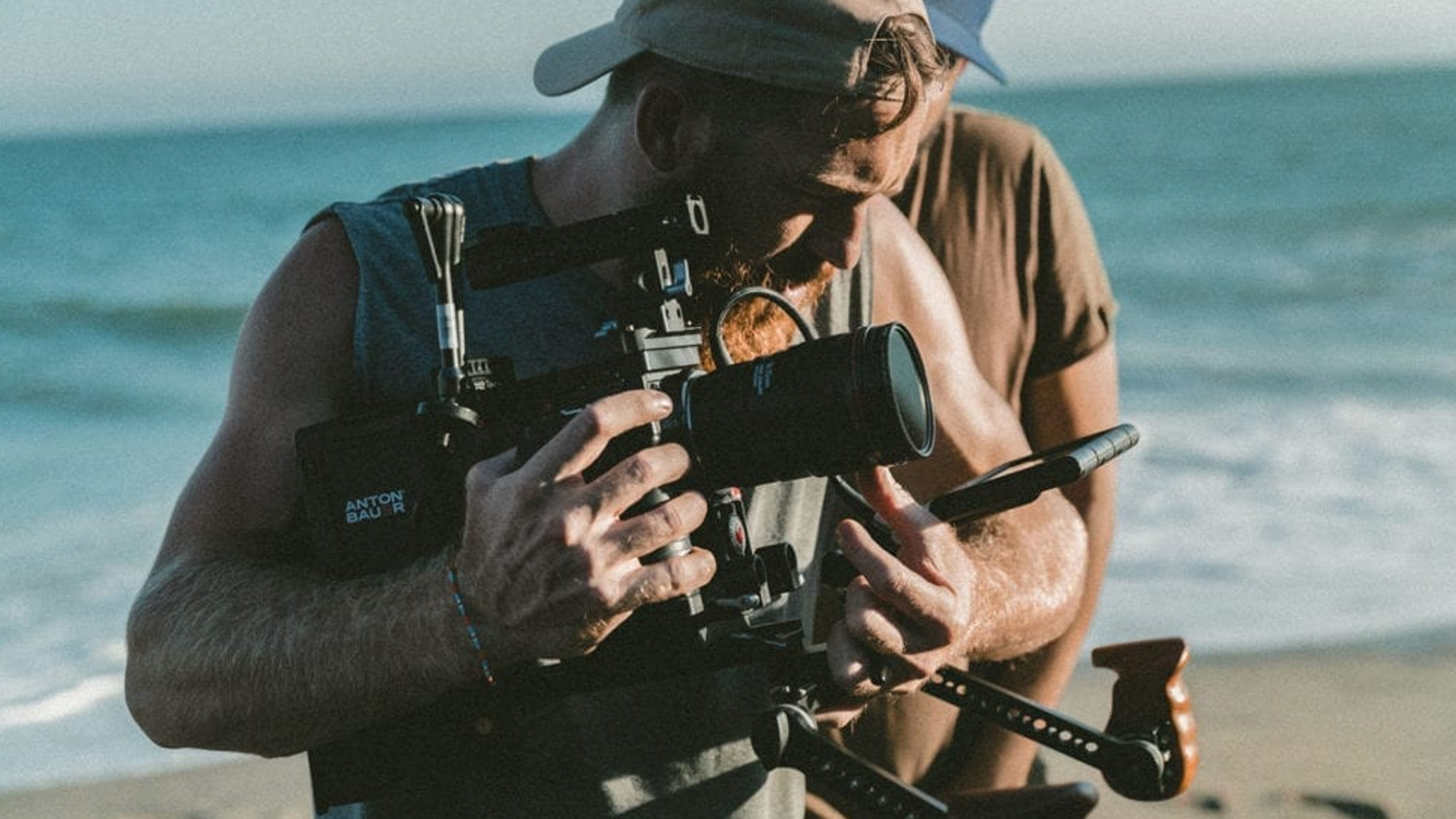
Filming a foreign culture is not like filming your own. There are a lot of challenges that are faced by people to film a foreign culture. One of the basic reasons is that you may not know much about that culture, which will act as a drawback when trying to accurately record it. It is not about the niche of the location, but the reality of it and where that takes us. When you film culture, you must have a great understanding of it. Therefore, you should study it to get a good understanding of the nuances of the culture.
Films have a huge impact on other societies, and if your film lacks the essence of the culture, it won’t be able to give a good impression to your viewers. A lot of people get overwhelmed by other cultures and their uniqueness, most of the times getting an idea about other cultures through film, television, and the internet. Be it culture or any other information, filming has played a huge role in cultivating an impression on the minds and hearts of the people.
Filming Foreign Cultures – A Challenge
Filming in foreign countries is difficult because penetrating deep into the society of any country and culture requires a good understanding of the subject. Having that understanding can alleviate these hurdles.
Seeing the Foreign Culture Through the Eyes of the Camera
Most of us get the an idea of foreign cultures from media representations, this is because we cannot experiences all the worlds cultures for ourselves. That’s why people use social media and other internet platforms to learn about different cultures around the world. That is why whatever you make, people will see, and start believing. Which is why there is a huge responsibility to show different cultures accurately.
Challenges Faced During Filming
When you take ownership of showing the world different foreign cultures, you must make sure that everything is authentic. Made up stories won’t do because they will have a bad impact on the culture but also your credibility. That is why you should try to keep things real and accurate.
Originality
Keeping everything in its original state is the best thing video maker can do. Uniqueness and creativity are acceptable, but when the things start getting faux, the real essence gets lost, which is why it’s important preserve things in their original form.
Money and Finances
For film shooting in foreign countries, a lot of money and financial aids are required. Very good artists don’t get the opportunity to use their abilities because they don’t have enough money to film. For productive and creative filmmaking you need money, if that’s not there the problems are obvious.
Video Making on Demand
If there is a demand for a particular story, everyone will try to make videos on that subject. Sometimes, in these cases, the real story gets hidden. Many times, people do not film what is needed because they re too busy filming what is trending. This affects the film industry and the filmmakers as well.
Lack of Creativity
Lack of creativity is no doubt a huge challenge for the film making industry. Sequels and remakes of the videos are not something in demand and that demeans the meaning of creativity. If you want to make a statement, you must show how creative you are. This will help you get to the limelight in no time.
The film industry is progressing at a very fast pace and with great power comes huge responsibility, that’s what we all need to understand. Admit the fact that what you portray will be saved forever, and that slight irresponsibility can ruin another culture, which should not be the intention of anyone.
This article was written by William Roy, check out his website Movie Trivia
Academia
What is USC’ Media Institute for Social Change?
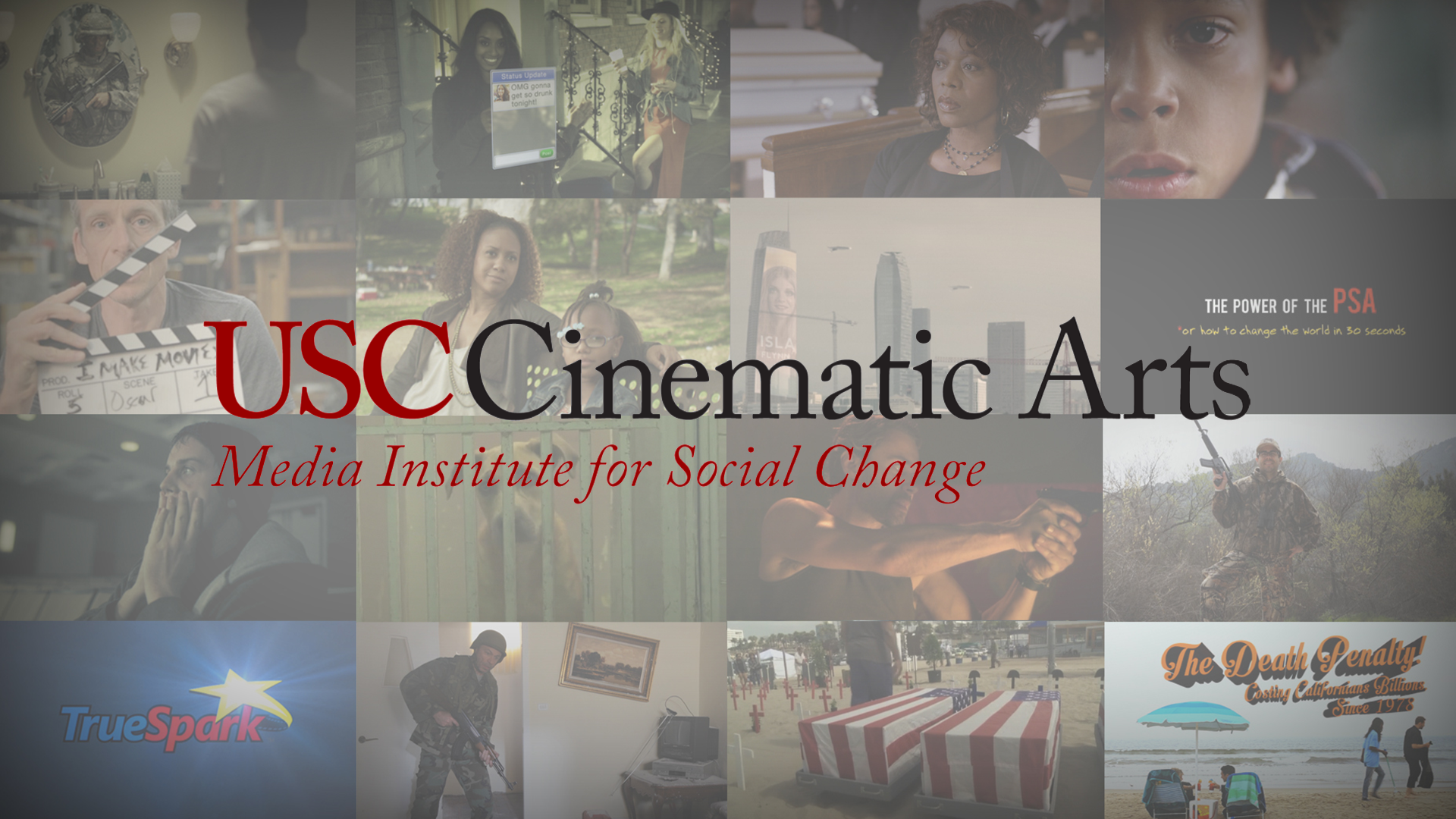
The Media Institute for Social Change, known as MISC, is a production and research institute at the USC School of Cinematic Arts focused on using media as a tool for effecting social change. Founded in 2013 by Michael Taylor, a producer and Professor in the School’s famed Film & Television Production Division, the MISC maxim is that “entertainment can change the world.” It spreads this message by producing illustrative content, and by mentoring student projects, awarding scholarships and leading research. “We are training the next generation of filmmakers to weave social issues into their films, television shows and video games,” says Taylor. “As creators the work we do has a huge impact on our culture and that gives us an opportunity to influence good outcomes.”
In recent years MISC has partnered with organizations including Save the Children, National Institutes of Health and Operation Gratitude, and creative companies like Giorgio Armani, the Motion Picture Association of America and FilmAid, to create groundbreaking work that have important social issues woven into the narrative. MISC also worked with USC’s Keck School of Medicine to create Big Data: Biomedicine a film that shows how crucial big data has become to creating breakthroughs in the medical world. Other MISC films include the upcoming The Interpreter, a short film centered on an Afghan interpreter who is hunted by the Taliban, and The Pamoja Project, the story of 3 Tanzanian women who determined to help their communities by immersing themselves in the worlds of microfinance, health and education. MISC has also partnered with the app KWIPPIT to create emojis that spread social messages. Together they co-hosted the Project Hope L.A. Benefit Concert to spread awareness about the massive uptick of homelessness in Los Angeles.
The Power of the PSA or How to Change the World in 30 Seconds, which documented the institute’s collaboration with the Los Angeles CBS affiliate KCAL9 to make PSAs on gun violence, internet safety, and PTSD among veterans. Another MISC-sponsored film, Lalo’s House, was shot in Haiti with the intention of exposing the child trafficking that is rampant there and in other countries, including the United States. The short film (which is being made into a feature) was used by UNICEF to encourage stricter legislation prohibiting the exploitation of minors, and has won several awards, including a Student Academy Award.
“Our goal,” says Taylor, “is to send our students into the industry with the skills and desire to make entertainment that has positive impact on our culture.” The dream is a variety of mass-media entertainment where social messages aren’t an afterthought but are central to the storytelling.
For more about MISC and its projects, go to uscmisc.org.
-

 SIE Magazine9 years ago
SIE Magazine9 years agoWhat Makes A Masterpiece and Blockbuster Work?
-

 Filmmakers9 years ago
Filmmakers9 years agoFilms That Changed The World: Philadelphia (1993)
-

 Companies6 years ago
Companies6 years agoSocial Impact Filmmaking: The How-To
-
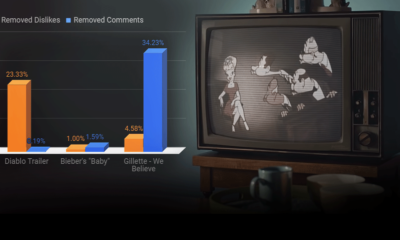
 Media Impact5 years ago
Media Impact5 years agoCan We Believe The Gillette Ad?
-

 SIE Magazine9 years ago
SIE Magazine9 years agoDie Welle and Lesson Plan: A Story Told Two Ways
-

 Academia8 years ago
Academia8 years agoFilmmaking Pitfalls in Deal-Making and Distribution
-

 Academia8 years ago
Academia8 years agoJoshua Oppenheimer: Why Filmmakers Shouldn’t Chase Impact
-

 Filmmakers9 years ago
Filmmakers9 years agoStephen Hawking vs The Elephant Man













